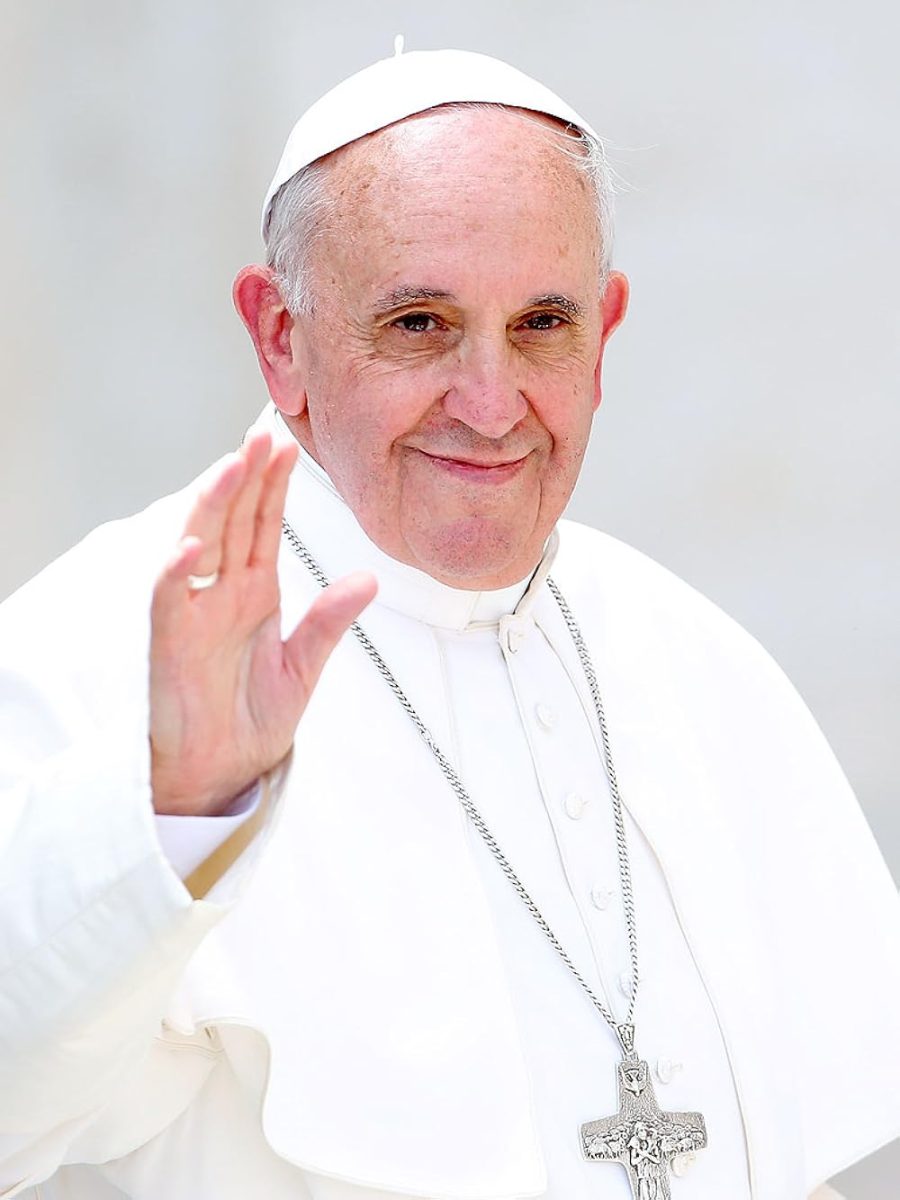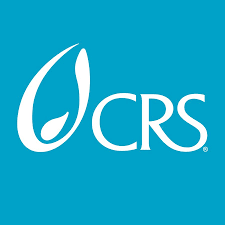Lunar New Year is a major celebration for many cultures, including Chinese, Korean, Vietnamese, and others, marking the first day of the lunar calendar. It’s a time for family reunions, paying respects to ancestors, and looking forward to the year ahead. It’s celebrated based on the lunar calendar, which doesn’t align perfectly with the Gregorian calendar, so the exact date varies every year but generally falls between January 21 and February 20. Lunar New Year is often called “Spring Festival,” as it marks the beginning of spring. The celebration lasts for 15 days, and it’s filled with symbolism, family gatherings, and various rituals.
The most important meal of the year, where families gather for a big feast on New Year’s Eve. Dishes like dumplings, fish (symbolizing abundance), and tangyuan (sweet rice balls) are popular choices. Red Envelopes (Hongbao) are small red packets filled with money, often given to children or unmarried adults to symbolize good luck and prosperity. Fireworks and Firecrackers are set off to ward off evil spirits and bring good fortune for the year ahead. The loud sounds are believed to scare away bad luck.
Lion and Dragon Dances are traditional dances performed in public spaces, and they’re meant to bring good luck and drive away evil spirits. Before the new year, people clean their homes thoroughly to sweep away bad luck and make space for good fortune. Homes are often decorated with red banners or couplets with wishes for good luck.
In China and some other countries, the celebrations continue until the Lantern Festival, which takes place on the 15th day of the lunar new year. This marks the end of the New Year festivities and is a time for lighting lanterns, watching dragon dances, and eating yuanxiao (glutinous rice dumplings filled with sweet or savory fillings).








